A Collector’s Hoard: An In-Depth Guide to Dragon Action Figures
There’s a special kind of dust that gathers on a dragon figure. It’s not just any dust; it settles in the deep grooves between scales, in the crevices of a snarling mouth, and along the leathery stretch of a half-furled wing. To a non-collector, it’s a cleaning chore. To us, it’s a sign of a hoard well-kept.
The dragon is, without question, the king of all fantasy creatures. It’s the ultimate personification of power, the ancient guardian of treasure, the untamable spirit of fire and magic. Whether you grew up with the wise, serpentine dragons of the East or the gold-hoarding, fire-breathing tyrants of Western fantasy, the creature holds a power that no other can match.
It’s no surprise, then, that dragon action figures are one of the most passionate niches in the entire hobby. The original article on this site rightly pointed to the massive, fire-breathing shadow cast by McFarlane’s Dragons. That line was a game-changer. This updated guide will use that as our starting point as we fly into the entire, fiery world of dragon collecting. We’ll look at the lines that are still considered grails, the modern, hyper-articulated beasts that are draining our wallets today, and—most importantly—how to look at a dragon and see its true “value,” a worth that’s built from rarity, condition, and that pure, undeniable “wow factor.”
Part 1: The Anatomy of a Collectible Dragon
First, a quick but crucial distinction. When you say you “collect dragons,” you’re usually in one of two camps: you’re either a statue collector or an action figure collector.
A dragon statue, or “maquette,” is a static, non-poseable sculpture. It’s a snapshot. The artist’s only job is to create one single, dynamic, perfect pose. There are no joints to hide, no articulation to engineer.
A dragon action figure, on the other hand, is all about the engineering. The challenge is to blend an organic, lifelike sculpt with functional joints. And with dragons, that’s a nightmare. How do you articulate a long, serpentine neck? How do you make massive wings fold and unfold without looking like a gappy, broken mess?
This is where the hobby gets interesting. In the 2000s, the line blurred. Todd McFarlane’s figures were technically “action figures”—they had a few ball joints in the neck or tail—but they were clearly designed as pre-posed dioramas. Today, brands like S.H. MonsterArts are obsessed with the opposite, giving you 50+ articulation points for maximum poseability. Your preference here will define your entire collection. Do you want the perfect, pre-posed sculpture, or the fully poseable, “playable” beast?
Part 2: The Titans of the Lair – Iconic Dragon Figure Lines
A few key brands and intellectual properties (IPs) are the pillars of the dragon collecting world. These are the ones that dominate Google searches, clog eBay watch lists, and maintain their value year after year.
1. McFarlane’s Dragons: The Line That Changed Everything
You simply cannot talk about this hobby without starting here. When McFarlane’s Dragons landed in 2005, it was an earthquake. Before this, “dragon toys” were, by and large, rubbery, simple playthings. Todd McFarlane, fresh off revolutionizing the Spawn toy line, applied his company’s signature “hyper-detail” and dark, gothic style to an all-new, all-dragon concept.
- The Concept: These weren’t just figures; they were mini-dioramas. Each series (e.g., “Quest for the Lost King”) told a story. The figures were nominally “6-inch scale,” but that meant nothing. They were huge, heavy, and intricately detailed, each with its own elaborate, interlocking base.
- The Style: These were not for kids. They were dark. We got rotting “undead” dragons, dragons being impaled by knights, and dragons inspired by global mythology (the Hydra, the Wyvern). They had very limited articulation, but the sheer artistic “oomph” of the sculpts made them the new gold standard.
- Collectible Lines:
- Series 1-8 (2005-2008): This is the classic run. Figures like the “Eternal Clan Dragon,” “Komodo Dragon,” and “Sorcerer’s Clan Dragon” are the ones everyone remembers and wants.
- McFarlane’s Dragons: The Fall of the Dragon Kingdom: A popular sub-line with a cool, grim narrative.
- The Revival (Latest Information): After years of collectors practically begging, McFarlane Toys announced a revival for 2025. This new line, featuring both updated classic sculpts and totally new designs, has already set the community buzzing and has caused prices for the original 2000s figures to spike.
- Value: A loose McFarlane dragon is easy to find. A loose, complete one—with its base, its flame effect, and its tiny knight-victim—is much harder to find. A Mint in Box (MIB) figure, especially from Series 1-3, is a true grail. The packaging was part of the art.
2. Game of Thrones & House of the Dragon: The Pop Culture Kings
When Game of Thrones took over the world, it was Drogon, Rhaegal, and Viserion who stole the show. McFarlane Toys snagged the license, and in doing so, created the new generation of must-have, large-scale dragon action figures.
- McFarlane’s Game of Thrones Dragons:
- Scale: These things are massive. We’re talking 12- to 24-inch wingspans. They are designed to be the one and only centerpiece of a shelf.
- Articulation: They feature about 10 points of articulation—articulated legs, wings, and a bendable wire-core tail—so you can get a decent “grounded” or “in-flight” pose (they all come with a stand).
- Key Figures: Drogon is the clear favorite. The “Ice Viserion” (Undead Viserion) is also a stunning, highly-sought-after piece.
- McFarlane’s House of the Dragon Figures:
- This new, ongoing line is even better. The “Caraxes” figure is a masterpiece of engineering, capturing that weird, long, serpentine body and second set of wings. The massive “Vhagar” figure, one of the biggest dragons McFarlane has ever produced, is a shelf-destroying beast that everyone is scrambling to find. This is the “latest information” and the current hot item in the hobby.
- Funko Pop! Dragons: We have to mention the parallel hobby. Funko Pop! dragon figures are a collecting universe unto themselves. From 6-inch “super-sized” Pop!s to 10-inch “jumbo” versions and the coveted “Pop! Rides” (like Daenerys on Drogon), these vinyl figures are a huge part of the market.
3. Dungeons & Dragons: The Fantasy Source Code
You can’t talk about dragons without paying respect to the source. Dungeons & Dragons didn’t just popularize dragons; it codified them (Chromatic vs. Metallic!).
- The Holy Grail: LJN (1983-1984)
- For the vintage collector, this is it. The LJN Tiamat from the 80s Dungeons & Dragons cartoon toy line. This massive, five-headed beast is one of the definitive “grail” figures of the 1980s. It’s incredibly rare. A loose, complete one (with all five heads and tail intact) is a four-figure item. A boxed one? Forget about it.
- The Modern Revival: Hasbro’s Golden Archive
- Hasbro finally gave D&D fans a dedicated 6-inch collector’s line. While mostly focused on adventurers, the Dungeons & Dragons Golden Archive line has given us deluxe “creature” figures.
- The Adult Green Dragon and Adult Black Dragon are fantastic, well-articulated, and properly scaled to 6-inch figures, making them perfect for your “hero vs. monster” dioramas.
- Hasbro’s Tiamat (2023): In 2023, Hasbro gave us the figure we’d been waiting 40 years for. This new, updated Tiamat is a massive, $60+ deluxe figure that finally gives modern collectors a chance to own the Queen of Dragons, and it is spectacular.
- WizKids & D&D Miniatures: This is a huge parallel hobby. WizKids’ Nolzur’s Marvelous Miniatures and Icons of the Realms lines produce hundreds of non-articulated dragon “minis.” But many collectors (myself included) buy the “Gargantuan” or “Colossal” dragons from these lines just for display. They are essentially pre-painted statues, and the sculpts are often incredible.
4. S.H. MonsterArts (Bandai): The Peak of Articulation & Price
For the high-end collector who values poseability above all else, there is one brand: S.H. MonsterArts from Bandai/Tamashii Nations.
- The Line: This is the premium, adult-collector line, primarily known for its Godzilla figures. But its most important contribution to dragon collecting is the Monster Hunter series.
- The Figures: Based on the Capcom video games, figures like “Rathalos,” “Nargacuga,” “Mizutsune,” and “Zinogre” are nothing short of engineering marvels.
- The Style: These are not cheap. They are premium import figures. We’re talking dozens and dozens of articulation points, allowing for fluid, lifelike poses that no other brand can touch. They come with swappable parts (battle-damaged wings, etc.) and gorgeous translucent flame/lightning effects.
- Other Imports: This line also includes other famous “dragons,” like the “Blue-Eyes White Dragon” from Yu-Gi-Oh!, another high-demand, high-price figure.
- Value: These figures start expensive ($100-$200) and they hold their value. An S.H. MonsterArts figure, complete with all its tiny accessories and its art box, is a rock-solid collectible.
5. How to Train Your Dragon (Spin Master): The All-Ages Behemoth
“Serious” collectors often make the mistake of ignoring “toy” lines. Don’t. The How to Train Your Dragon franchise is one of the most beloved IPs on the planet, and its figures (mostly from Spin Master) are a huge corner of the market.
- The Figures: Yes, they are “toys.” They have action-gimmicks: wings that flap with a button, projectile-launching mouths, lights and sounds.
- Key Collectibles: The #1 figure, of course, is Toothless. Collectors hunt for all his variations. The “grail” of this line is the “Giant Fire Breathing Toothless,” a massive, 20-inch-long figure that “breathes” smoke (a cool, safe water-vapor effect).
- Value: While most loose, played-with figures aren’t “valuable,” a MIB “Deluxe” dragon or that “Giant” Toothless has become very collectible. The Playmobil How to Train Your Dragon line is also a sleeper hit, with its large-scale Toothless being a fan favorite.
6. Other Notable Lairs
- NECA (Spyro the Dragon): For 90s kids, NECA’s articulated figure of Spyro the Dragon is a classic.
- Papo & Safari Ltd.: Like WizKids, these companies make non-articulated toy dragons. But you’d be wrong to dismiss them. Their sculpts are fantastic, often scientifically-inspired, and their “Dragons” line (especially from Safari Ltd.) is highly respected.
- Spawn: While not a “dragon line,” the Spawn action figure lines from McFarlane featured many draconic characters, demons, and full-on dragons, especially in the Spawn: The Dark Ages and Spawn: Other Worlds assortments.
Part 3: “What’s My Dragon Figure Worth?”
You found a box of old McFarlane figures in the attic. You’re watching a Tiamat on eBay and the bid price is insane. What actually determines a dragon’s value? (This is not a price guide, but a guide to what to look for.)
1. Condition: The MIB/MOC Grail
This is the #1 rule, always.
- MIB/MOC (Mint in Box / Mint on Card): The figure is still sealed in its original, unopened packaging. For McFarlane’s Dragons, the boxes were art. Collectors want the full, sealed art piece.
- Box Condition: A mint box has sharp corners, no creases, no sun-fading, and a clear, un-yellowed, undented plastic “bubble.” A beat-up, creased, or yellowed box (even if sealed) is worth far, far less.
- A loose figure’s value is often 25-50% (or less) of a MIB figure’s value.
2. Completeness (For Loose Figures): The Bane of Dragon Collectors
This is the most critical part for loose dragons. They are complex and came with a ton of small, essential, and very easy-to-lose parts.
- The Base: Did your McFarlane dragon come with that 3-part diorama base? Is it included? A dragon without its base is incomplete.
- The Effects: Where is the translucent flame effect? This is the first thing that gets lost, 100% of the time.
- The Accessories: Does it have its tiny victim? (Many McFarlane dragons came with a knight, orc, or treasure chest).
- The Limbs: Wings and tails were often “snap-on.” Are they all there? Are the pegs intact, or are they broken off inside the socket?
- A “complete” loose S.H. MonsterArts figure must have all its alternate hands, wings, and effect parts. Without them, its value is crippled.
3. Rarity: Exclusives & Chase Figures
- Chase Variants: McFarlane was the king of this. A shipping case would have 7 “Dragon Clan 5” figures and 1 “Ice Dragon Clan 5” variant. That “chase” figure is the rare one. Other chases included “blood-splattered” versions or “undead” repaints.
- Convention Exclusives: A figure sold only at San Diego Comic-Con (SDCC) or another con.
- Store Exclusives: A “Target Exclusive” or “Walmart Exclusive” (like some of the Game of Thrones dragons) has a smaller production run and is harder to find.
- The Vintage Factor: The LJN Tiamat is valuable simply because it’s 40+ years old, was expensive even then, and 99% of them were played with, broken, and thrown in the trash.
4. Brand, Scale, & “Wow Factor”
- Brand Prestige: A premium import like an S.H. MonsterArts will always be more valuable than a mass-market Spin Master toy. It was made for collectors, from a more expensive starting point.
- Size Matters: With dragons, the “wow factor” is a real metric. A “Gargantuan” or “Colossal” D&D dragon or a 24-inch wingspan McFarlane Vhagar is a “centerpiece.” These deluxe, large-scale figures command a premium and hold their value.
Part 4: The Collector’s Hoard – How to Display & Care for Your Dragons
So, you’ve started your hoard. Congratulations. Now you have to face the dragon collector’s #1 problem: where do you put them?
- The Weight & Width Problem: Dragons are heavy and wide. Their wingspans are shelf-hogs. That standard IKEA “Detolf” cabinet everyone loves? It’s often too narrow for even one decent-sized dragon.
- Sturdy Shelving: You need deep, sturdy shelves. The IKEA “KALLAX” or “BILLY” (with the deeper shelves) are the common go-tos. Custom-built “floating” shelves are also a great look.
- Dynamic Posing:
- Flight Stands: For your articulated figures, a good flight stand is not optional. Don’t cheap out. Get high-quality, sturdy stands like those from Tamashii Nations (Act 4/Act 5) or Obitsu.
- Suspension: This is a pro-level move, but it looks incredible. Many collectors use clear fishing line to suspend their dragons from the ceiling, creating a massive, in-flight battle scene.
- The #1 Enemy: Dust: Those deep, detailed McFarlane sculpts are dust magnets.
- Enclosed Display: A glass cabinet is your best bet.
- Cleaning: For open-shelf figures, you have to dust. Don’t use wet cloths. Get a can of compressed air to blast dust out of the crevices. For anything stubborn, a soft-bristle makeup brush (that you only use for your figures) is the pro’s tool.
- The Sun Menace: Keep your figures out of direct sunlight. This is a non-negotiable rule. Sunlight will fade the paint. Worse, it will warp the plastic. A dragon’s long, thin wing or tail left in the sun will start to droop and warp permanently.
A Hoard Well-Tended
At the end of the day, collecting dragon figures is a different beast. It’s not for the faint of heart. It requires space, a decent budget, and a very, very understanding partner. You can’t just line these up neatly on a riser like a legion of stormtroopers. This is a collection that sprawls.
But the reward is unlike anything else in the hobby. No other collection can command a room’s attention like a shelf full of dragons. It’s a display of pure, mythical power.
Whether you’re one of the lucky ones who has that original MIB 2005 McFarlane Eternal Dragon, or you’re just starting out by hunting down the new House of the Dragon figures, you’re part of a special club. The hunt for the perfect dragon, in many ways, is the treasure.

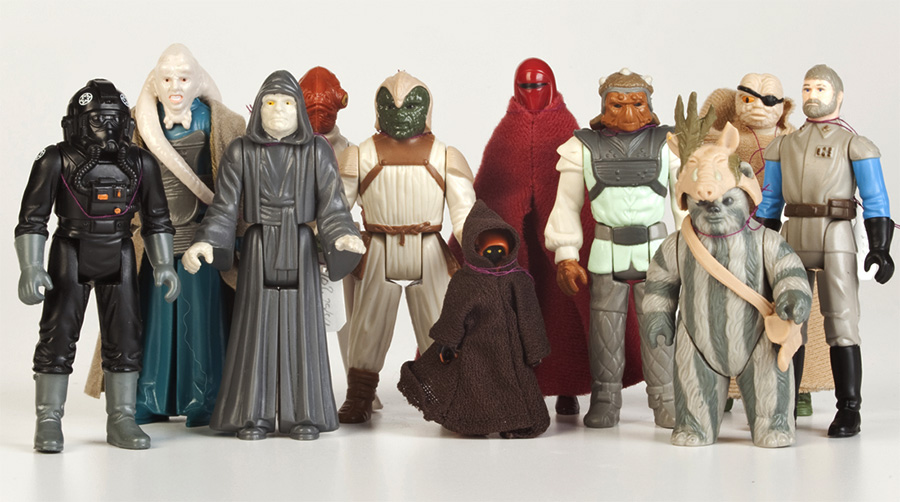
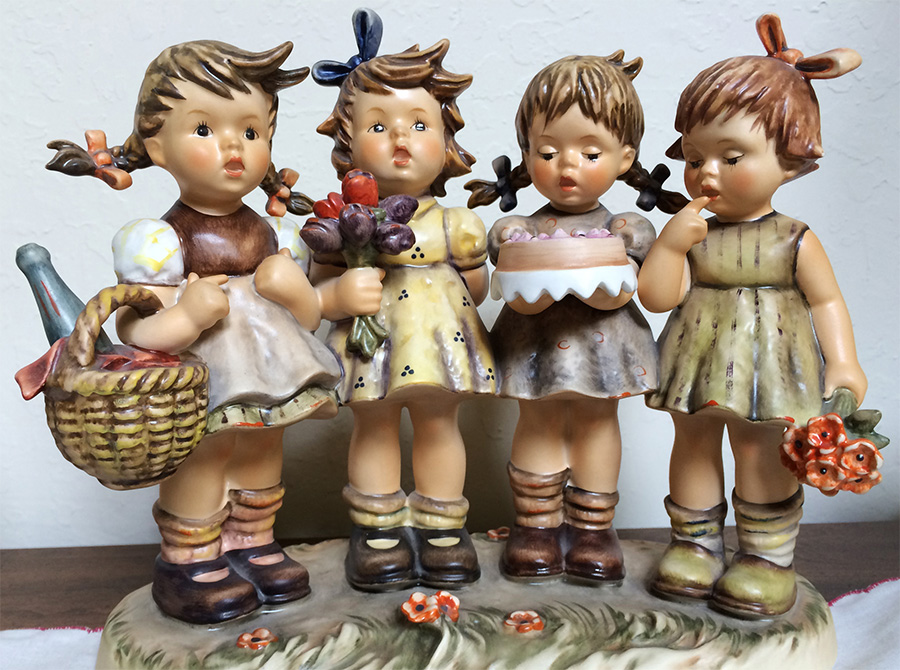
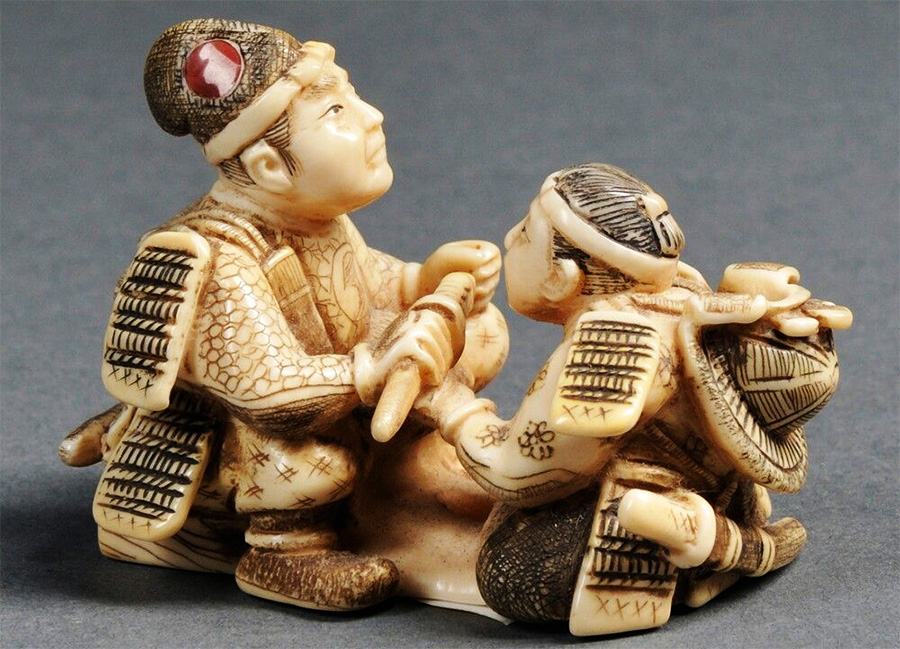
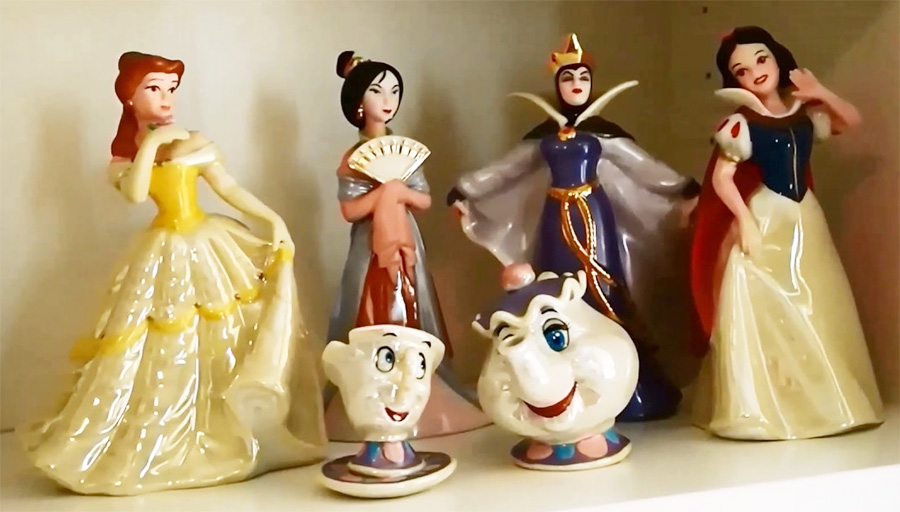
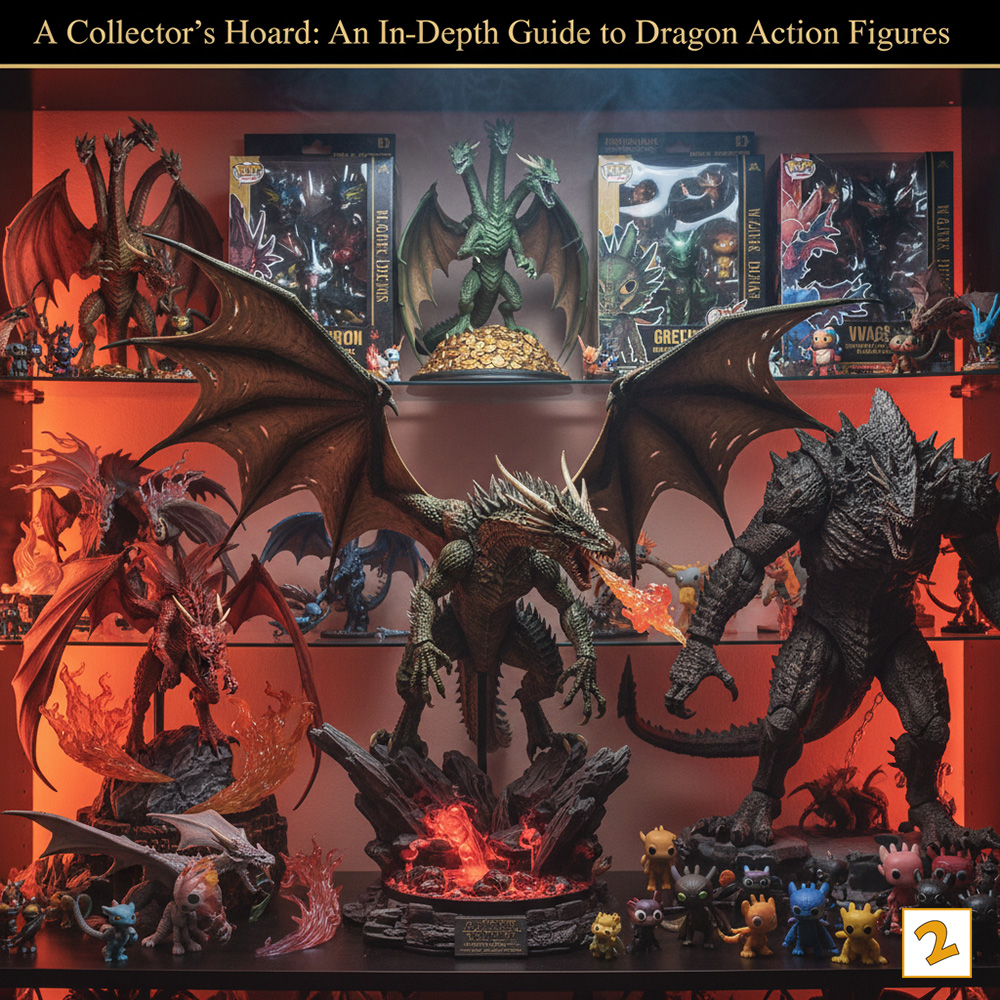
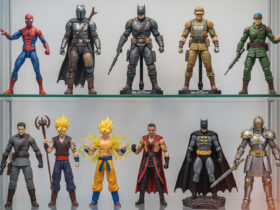
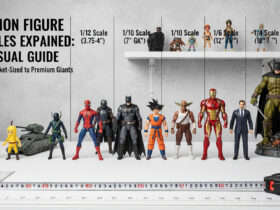
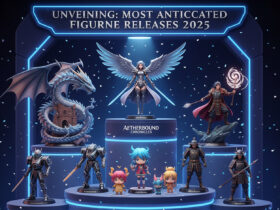
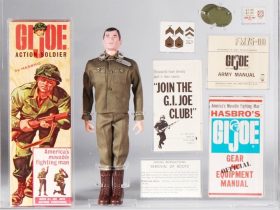

Leave a Reply